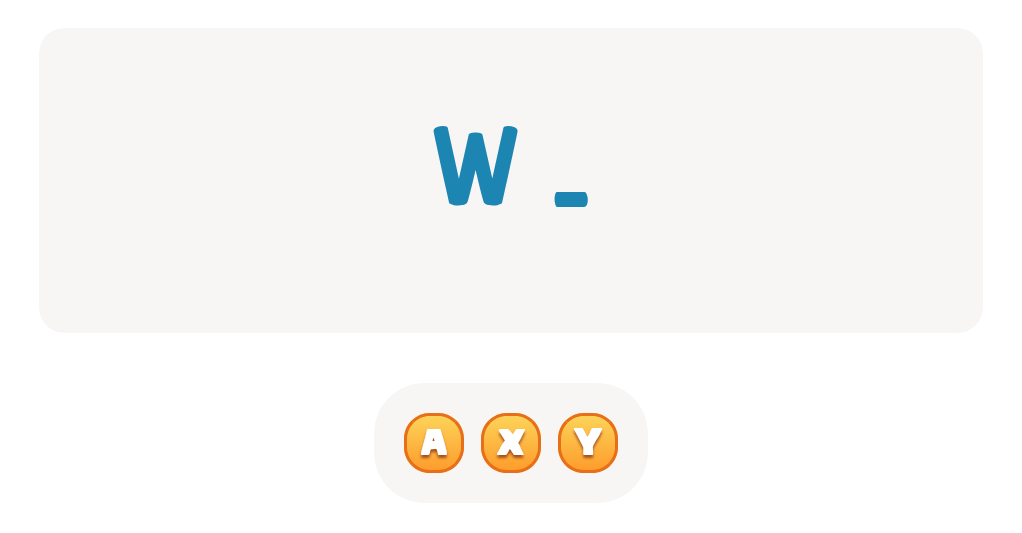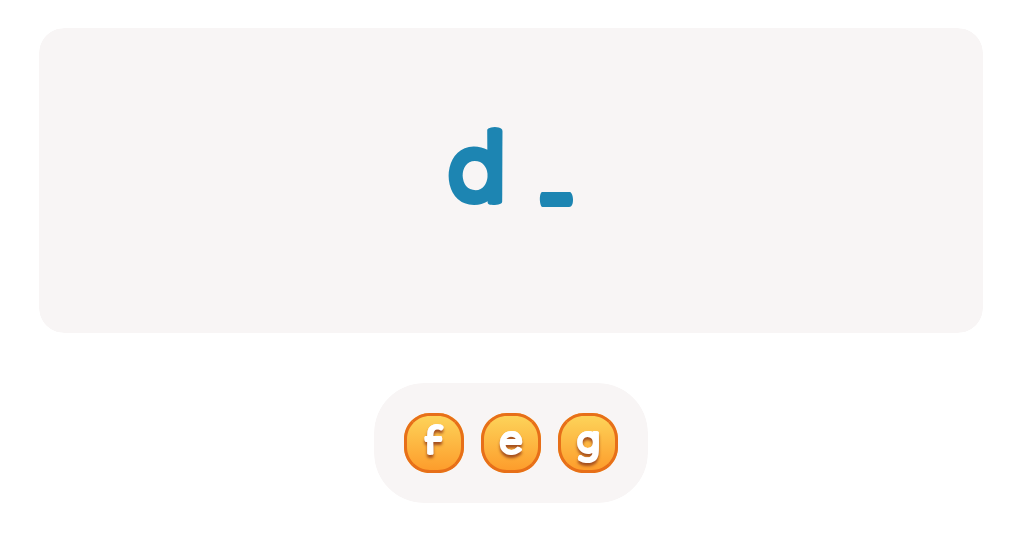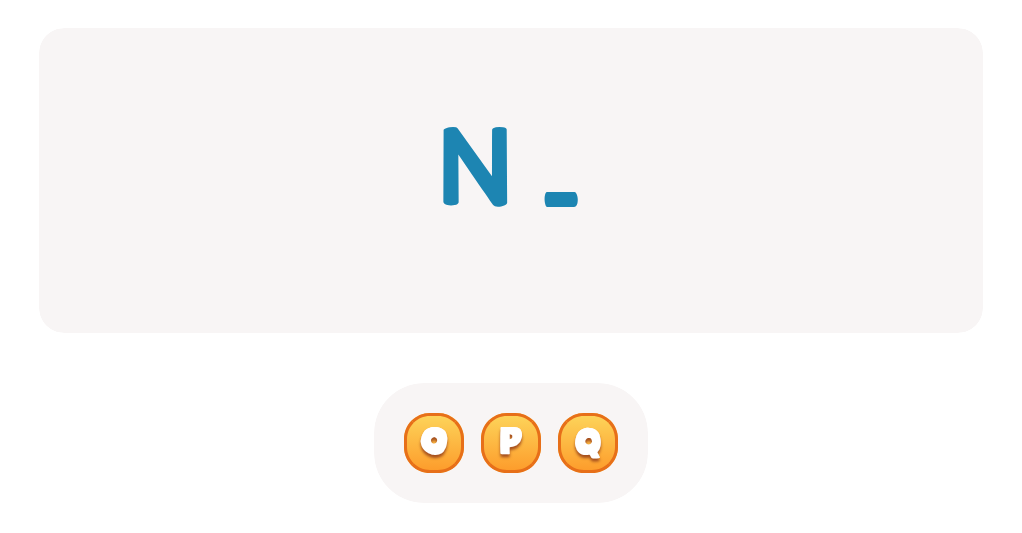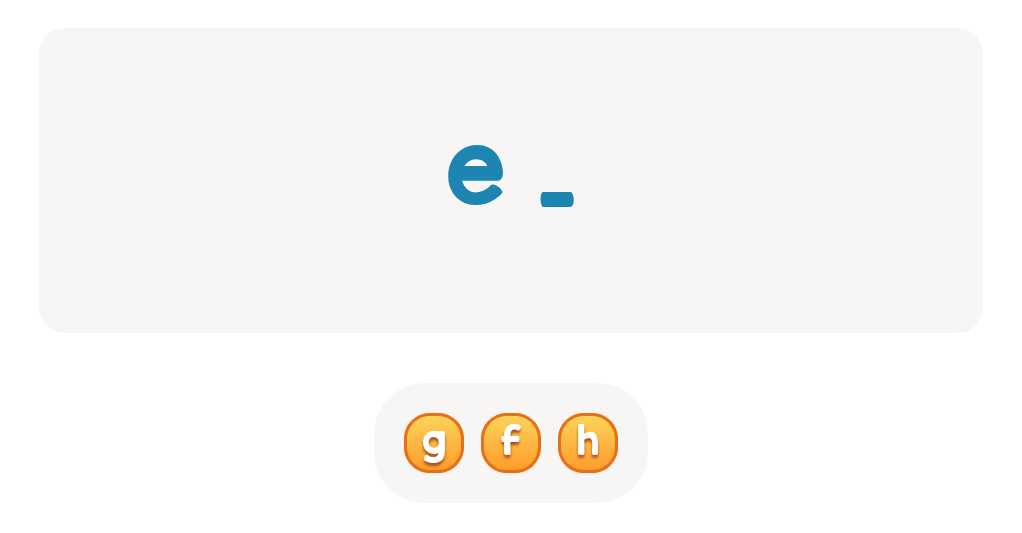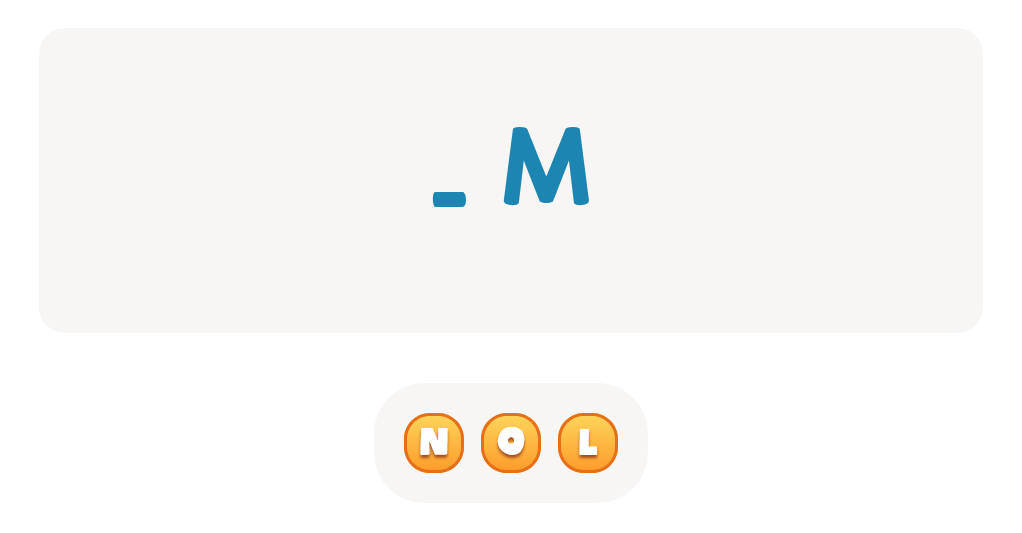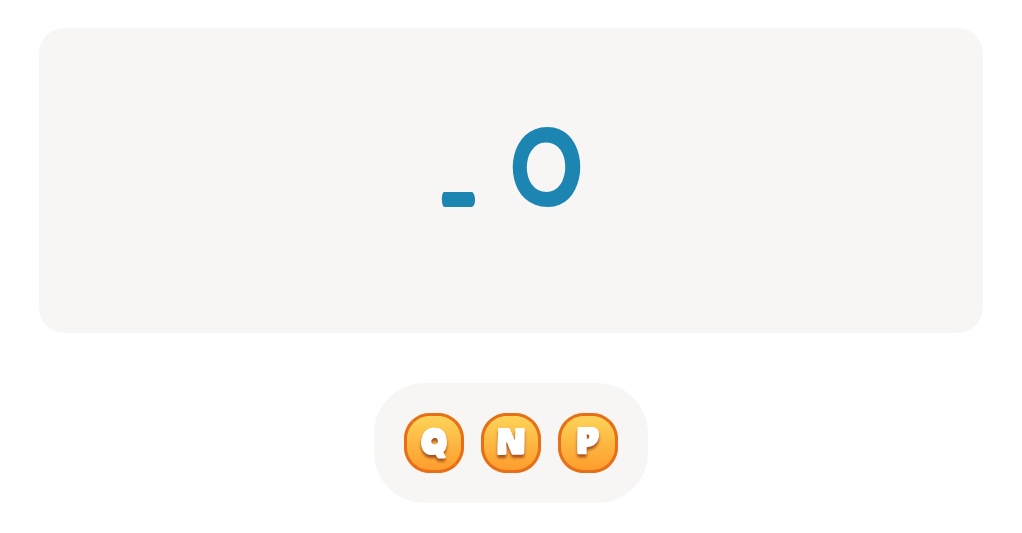Letter tracing skills Normal ABC Letters Worksheets for Ages 4-9
3 filtered results
-
From - To
Boost your child's literacy journey with our "Letter Tracing Skills Normal ABC Letters Worksheets for Ages 4-9" at Kids Academy. Our expertly designed worksheets focus on developing fine motor skills and proper letter formation, providing a solid foundation for early writing. Ideal for young learners, these engaging activities use a variety of approaches to make learning fun and effective. With clear, easy-to-follow tracing lines and playful illustrations, children will enjoy practicing their ABCs while building essential skills for reading and writing. Perfect for home or classroom use, set your child on the path to success with our comprehensive tracing worksheets.
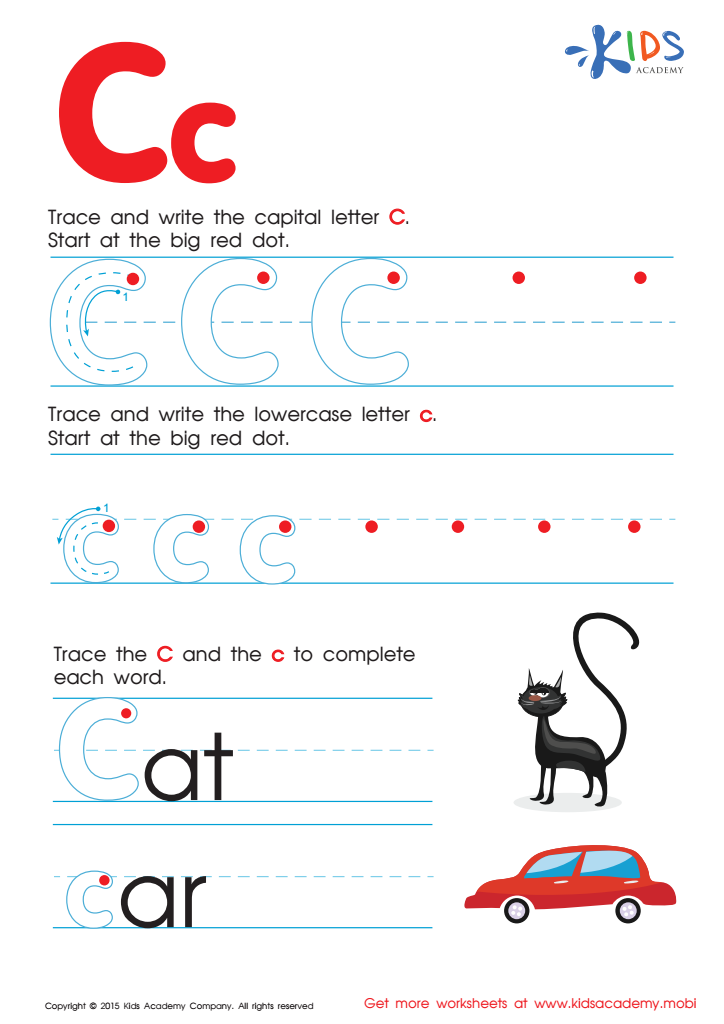

Letter C Tracing Page
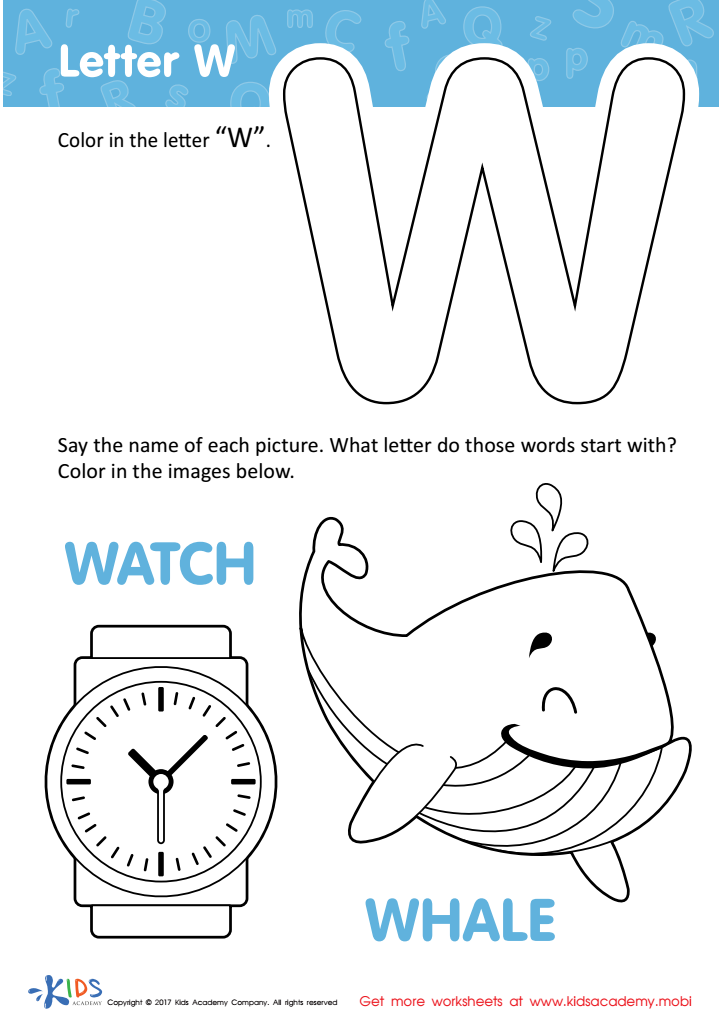

Letter W Coloring Sheet
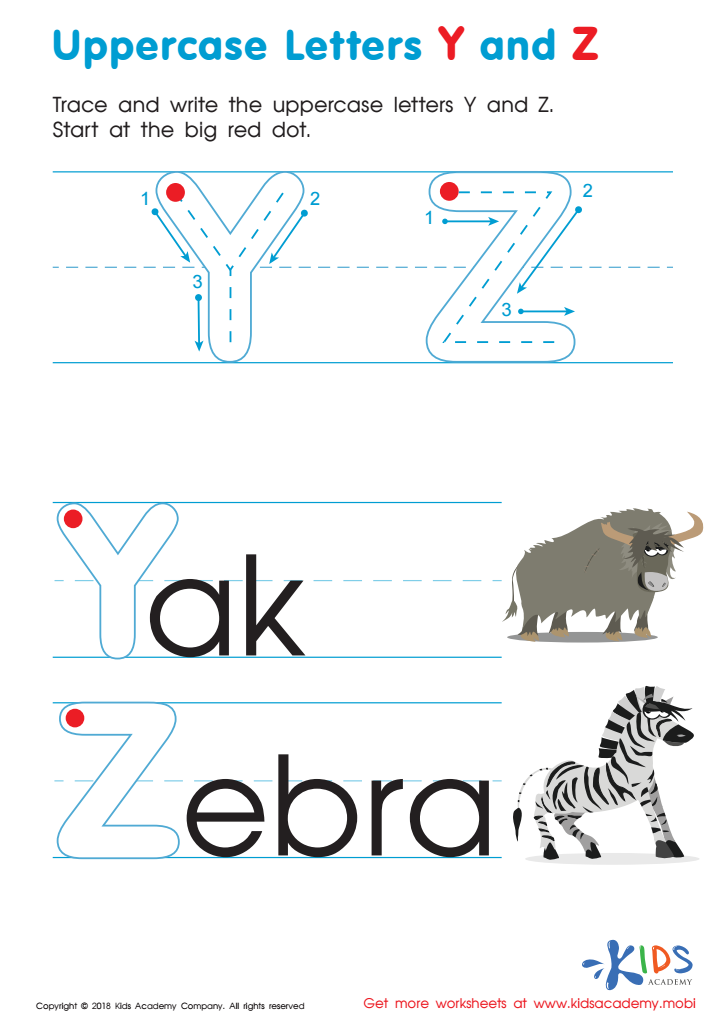

Uppercase Letters Y Z Worksheet
Fostering letter tracing skills in children aged 4-9 is pivotal for their foundational literacy development. This practice is not merely about crafting visually appealing letters but encompasses a broader spectrum of educational benefits. At this formative age, engaging in letter tracing helps children develop fine motor skills, hand-eye coordination, and precise muscle control required for writing. These skills are essential for penmanship, which is fundamental for efficient communication through written text.
Moreover, letter tracing fortifies cognitive connections between visual recognition and motor activity. As children repetitively trace letters, they internalize letter shapes, promoting memory retention and aiding in letter recognition—a critical step toward fluent reading and writing. Also, consistent tracing exercises reinforce the directionality and spatial orientation of letters, key components for preventing letter reversals and writing errors.
Additionally, letter tracing acts as an engaging, confidence-building activity. As children observe tangible progress in their abilities, they gain a sense of accomplishment and are more likely to develop an intrinsic motivation for learning. For educators and parents, this translates to fostering a supportive and stimulating learning environment wherein children are encouraged to embark on their literacy journey with enthusiasm and a positive mindset.
In essence, letter tracing serves as a multifaceted educational tool, laying the groundwork for future academic success and life-long learning skills.

 Assign to My Students
Assign to My Students

